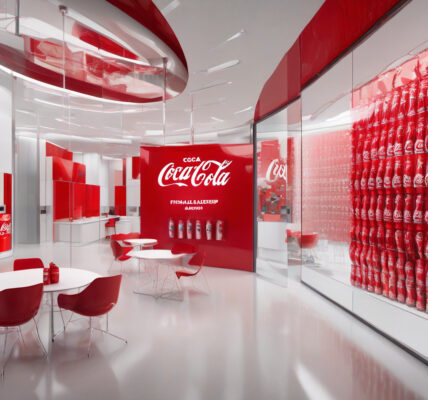The Decline in Alcohol Consumption: Exploring the Rise of Dry January
In recent years, a noticeable shift has been observed in the realm of alcohol consumption. Traditional norms surrounding social drinking are being challenged, with more individuals opting for periods of abstinence. One prominent trend that has gained traction is Dry January, a movement where participants abstain from alcohol for the entire first month of the year. While this concept isn’t entirely new, its popularity has surged in recent times, especially among younger consumers. But what exactly is driving this trend, and what implications does it have for the beverage industry?
Research indicates that the rise of Dry January is closely linked to changing consumer preferences, particularly among millennials and Gen Z. These demographic groups are increasingly prioritizing health and wellness, leading them to rethink their relationship with alcohol. Concerns about the negative impact of excessive drinking on physical and mental well-being are prompting many individuals to explore healthier alternatives and adopt more mindful drinking habits.
Moreover, the pervasive influence of social media has played a significant role in popularizing Dry January. Platforms like Instagram and TikTok are flooded with hashtags and challenges related to the trend, encouraging users to participate and share their experiences. This digital amplification has not only raised awareness about the benefits of cutting back on alcohol but has also created a sense of community among those taking part in the challenge.
From a marketing perspective, the rise of Dry January presents both challenges and opportunities for the alcohol industry. Brands that traditionally rely on heavy consumption may need to reevaluate their marketing strategies to cater to changing consumer preferences. This could involve promoting low-alcohol or alcohol-free options, highlighting the craftsmanship and quality of their products, or tapping into the growing market of non-alcoholic beverages.
On the flip side, the trend also opens up new avenues for innovation and diversification within the industry. Companies that can adapt to this shifting landscape and offer appealing alternatives stand to capture a growing segment of health-conscious consumers. By leveraging the momentum of Dry January and similar movements, brands can position themselves as allies in promoting responsible drinking and overall well-being.
As the popularity of Dry January continues to rise, it serves as a reflection of broader societal changes regarding alcohol consumption. The trend underscores a fundamental shift towards more mindful and intentional choices, particularly among younger demographics. By understanding and responding to these evolving consumer preferences, businesses in the beverage industry can stay ahead of the curve and foster lasting connections with their target audience.
In conclusion, the downturn in alcohol consumption, as exemplified by the growing prominence of Dry January, signifies a paradigm shift in how we approach drinking culture. By embracing this trend and adapting their offerings accordingly, brands have the opportunity to not only meet changing consumer demands but also contribute to a healthier and more balanced relationship with alcohol.
Dry January, alcohol consumption, mindful drinking, beverage industry, health and wellness.










